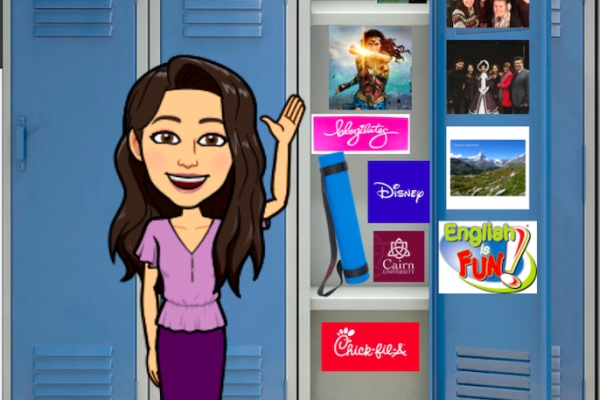Maximizing Learning through Instructional Videos

Videos and video clips can serve as excellent instructional and supplementary tools in the classroom. From introducing new material to re-enforcing concepts that have already been covered in class, videos are a useful way to help students interact with and deepen their understanding of the subject matter. Whether you use video as a tool in your traditional classroom or play around with a flipped classroom model, here are some simple tips for maximizing your use of this instructional tool.
Keep it short:Using video clips and videos under ten minutes long shows longer term benefits for students than showing longer films. Shorter clips help students remain focused on the purpose for the video, allowing them to hone their attention on the idea, concept, or skill being illustrated. They also allow for multiple viewings, without eating up an entire class period. A good rule of thumb for instructional video length is 1-1.5 minutes per grade level[1]. (This would mean a 4-6 minute video would be the maximum length for a 4th grade student; 10-15 for a 10th grade student.)
Even when using videos as supplementary resources (such as using a film version of a novel read in class), shorter is actually better. Rather than showing the entire film, consider showing the students one scene, but with a very direct purpose—such as to contrast the film version with the same scene in the text. Because the purpose has been clearly brought into focus, students are more apt to watch the video critically and engage with it academically than if they were watching the entire film (which tends to send students into the passive viewing mode they use for watching films for entertainment).
Make it purposeful:Students should go into a video clip understanding the purpose for watching it. Are they supposed to be watching and listening for specific information? Is the purpose of the clip to provide them a context through which to understand something you are about to study? The more you can focus the students’ attention prior to showing the clip, the more beneficial the clip will be as an instructional tool. Providing questions before the viewing is a great way to help students focus in on the purpose.
It is also important to teach students the difference in watching a video for instructional purposes and watching it for entertainment. Preparing students for your expectations will go a long way in shifting their attention from passive to active viewing.
Reflect on it:Providing time during and after the video for students to reflect on what they have just watched will help them retain the information longer. If you have asked students to answer questions during the video, pausing the video periodically (for longer video clips) and providing time at the end of the video to allow students the time to record their answers is extremely helpful. Asking students to engage in discussion about the video (whole class, in small groups, with a partner) serves this same purpose.Another technique that can be helpful with reflection is to show the clip multiple times, each time drawing the students’ attention to a different facet of the clip. The first time through, encourage the students to watch the clip to get a sense of the overall context or lesson. The second time, have them watch and listen for specific details. The third time through, have them write down the questions they still have, etc.
Make it available:We live in an age where it is amazingly easy to gain access to film clips from a variety of different sources. Whenever possible, maximize students’ access to the films that you show in class by providing them with on-line links or links through your schools LMS systems. This is especially helpful for students who are English language learners or who have special learning needs. When students know that they will have the ability to go back and review what they are watching, it relieves the pressure to catch everything the first time through—and that relief in itself may make the learning process easier.
Resources such as YouTube, Vimeo, TED-Ed, and Khan Academy offer great instructional videos on just about every topic under the sun. Making your own video is also a fairly easy option these day. Take advantage of these tools and bring instructional videos into your classroom.
Becky Hunsberger
Teacher Education Services
TeachBeyond



